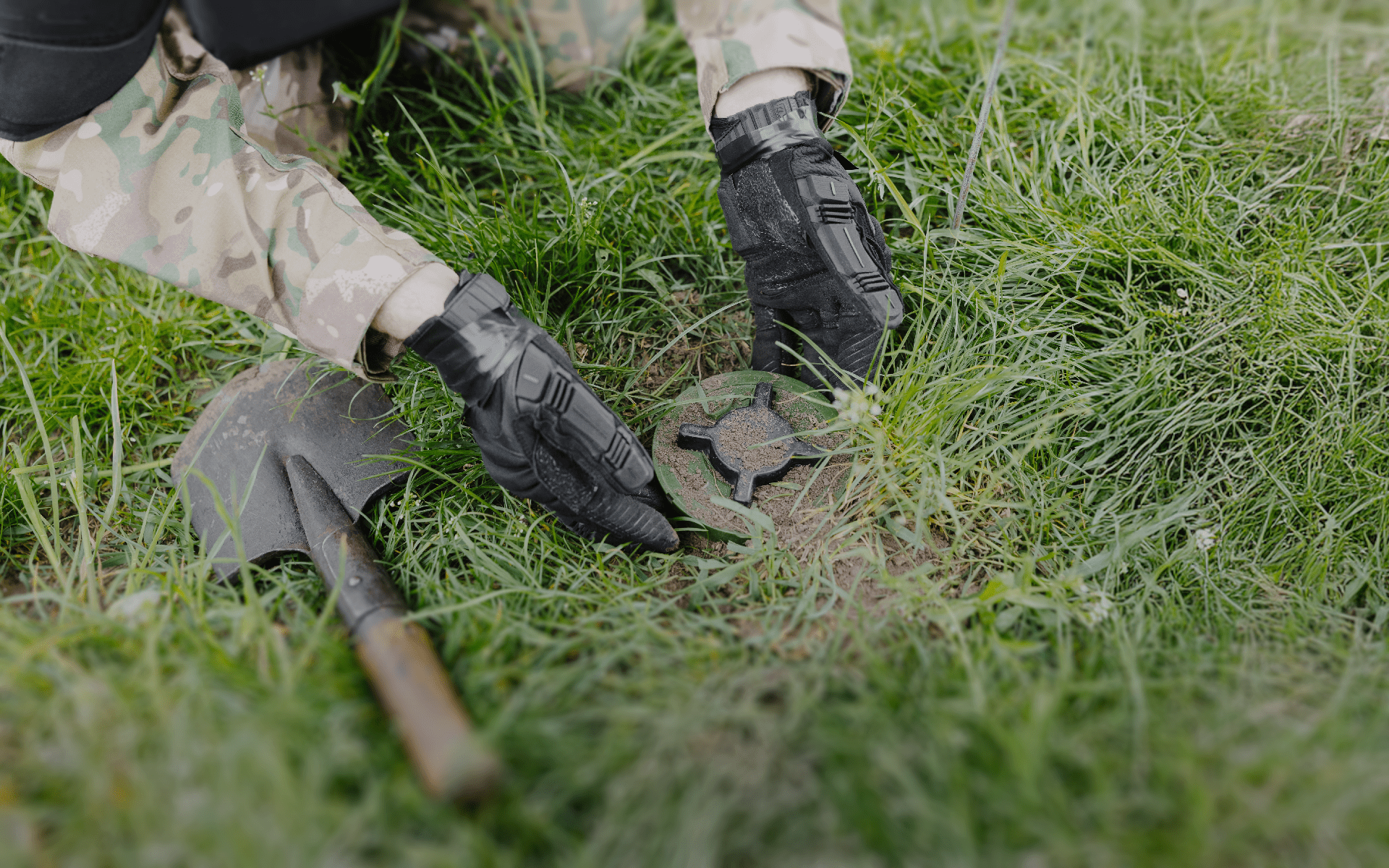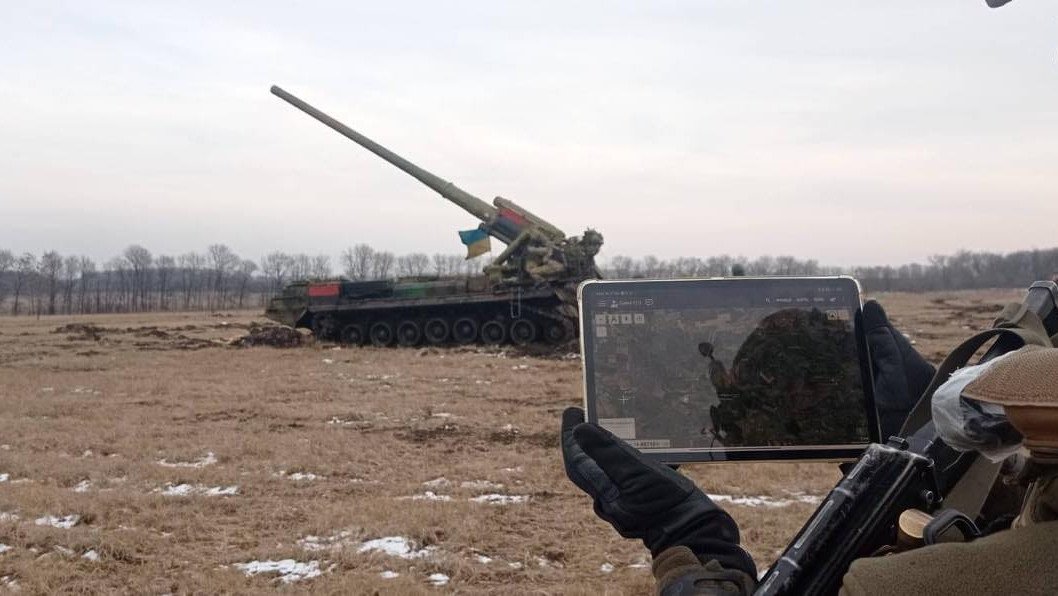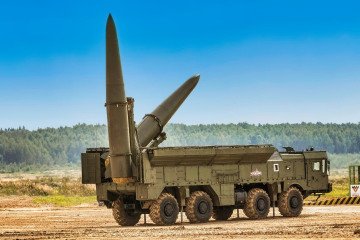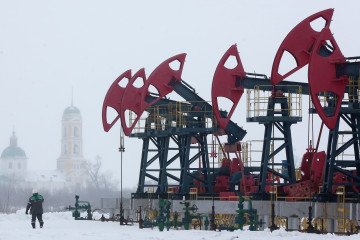- Category
- War in Ukraine
Even After Wars End, Mines Continue to Affect Countries, Like Ukraine—for Years to Come

As Europe celebrates the end of its landmine legacy, Ukraine faces a devastating new chapter—becoming the most heavily mined country.
One door closes, another door opens
This week, as Croatia clears its final landmines in hopes of declaring itself “officially” mine-free, just 790 miles east, Ukraine has become the most heavily mined country in the world.
Approximately 86,470 square miles — roughly the size of the state of Texas or the entirety of England and Wales combined— have been mined. This accounts for nearly 40% of the country’s entire land mass.
Ukraine’s Defense Minister claimed that, if averaged out, there are nearly five mines for every square meter of Ukraine. Political and social leaders outside of Ukraine are joining together to create solutions.
Francis Fukuyama, American political scientist, gave a stark warning: “This is going to be a huge problem,” he said on a visit to Kyiv. “Ukraine has more mines per square mile, per capita, than any conflict zone in the world.” History shows that even after wars end, mines continue to affect countries for years to come.

The situation at large
Clearing Ukraine’s mined territory could take as long as 757 years, experts say. The World Bank estimates the cost of demining the country to be around $34.6 billion. The cost of clearing one square kilometer, according to the OSCE, is around two million dollars.
This money is used to purchase the machinery and also the manpower to take on such a task. Ukrainian Prime Minister Denys Shmyhal says Ukraine needs approximately 10,000 sappers and at least 200 demining vehicles.
However, it’s not just farm fields and scorched earth that have been mined; in occupied and recently de-occupied territories, Russian forces have mined household appliances and even children’s toys. The fallout from Russia’s mining has not only affected soldiers, farmers, but also children and animals.
-c6522ae9e5320af1cc92504c0aaa1b34.png)
Types of mines
Last summer’s counteroffensive revealed the extent of Russian mining over Ukraine’s territory. Nearly 13 different types of explosives were found to have been used, from butterfly mines to anti-tank mines. Hundreds of thousands of these explosives have been laid.
The most common mines are anti-personnel mines, booby traps, flares, cluster munitions, and unexploded ordanances.

How Ukraine is fighting mines
Ukraine has deployed thousands of deminers to clear the country, over 1,000 in just 10 months. Thanks to these efforts, as of January 2023, deminers had cleared 77,591 acres and disposed of 312,865 explosives.
One of the machines developed by Ukraine to clear mines is the Sirko-S1, a ground robotic complex that is used by remote control. Operators can navigate from a distance of five kilometers to ensure their safety. UNITED24 Ambassadors Mark Hamill and Timothy Snyder have raised funds to purchase these life-saving robots for Ukraine.
Another de-mining machine Hamill and Snyder have raised money for is the Zmiy KNRO. Smaller than the Sirko-S1, this nimble machine can clear mines where others cannot, all while operating at a safe distance. The Zmiy KNRO can destroy both anti-personnel and wire-triggered mines.
Also used is the KNLR-E. The KNLR-E is a Ukrainian-made unmanned ground vehicle designed to support demining operations in combat zones. Fully armored and remotely operated, it allows sappers to clear mines from a safe distance while under threat. Integrated with the “Kropyva” command system, it enhances both safety and efficiency in mine clearance on the front lines.

The human cost
While heavy-duty demining vehicles help to clear land faster, these vehicles are extremely noisy, making them a target in frontline areas. As a result, many mines must be cleared by individuals. At best, deminers can clear 15-25 meters per day using their hands and contraptions called spider boots, specialized footwear with wide, pressure-distributing soles designed to protect deminers by reducing the risk of triggering landmines.
It is not uncommon for deminers to be injured in the process. Many have lost legs or even their lives. Around 300 professional deminers are currently at work in Ukraine to dispose of these hidden dangers. Even Ukrainian civilians are volunteering to join the effort.
Natalia Kirkina, a professional deminer, teaches children as young as kindergarten age how to spot mines in schools around Ukraine.
“I teach them how to avoid mines, how to safeguard themselves, and do everything to protect others,” she told ITV News
As Russians retreated from regions like Kherson, Mykolaiv, and Irpin, explosives were brutally hidden in household objects. Yakiv Hanul, a Ukrainian sapper, recounts an incident where he was called into a home after a young girl found a detonator hidden in her grand piano. “You can see, Russian soldiers were very deliberate in where they left their gifts.”

In the first year of war, nearly 185 civilians were killed, including 12 deminers, and another 404 people were wounded, according to Ukraine’s Emergency Service.
Last year, 1,083 civilians were affected by Russian anti-personnel mines in de-occupied territories of Ukraine. Among them, 333 were killed, 750 were injured, the Ministry of Defense Reported.
Agriculture
Both human lives and the land they work on are falling victim to Russian landmines. Farming in Ukraine has been severely disrupted, and the consequences reach far beyond its borders. As one of the world’s leading grain producers, when Ukraine’s wheat fields can’t be plowed due to mines, millions around the globe feel the impact.
In response, Ukrainian farmer Alexander Kryvstov developed a remote-controlled tractor built to withstand explosions. Operated from a safe distance, the tractor is part of a growing collaboration between farmers and demining teams working to reclaim Ukraine’s countryside.
“It could take years to demine this field by hand,” said Serhii Dudak, head of a local demining unit. “So we really appreciate this help from the farmers themselves.”
Sea mines
Russia’s aggression hasn’t been limited to Ukraine’s land—it has also threatened the Black Sea. According to sources, Russia has laid nearly 500 naval mines along the sea floor. These hidden dangers jeopardize economic activity for all countries bordering the Black Sea, turning once-safe trade routes into hazardous zones. Russia’s mining campaign in the Black Sea not only constitutes a war crime but also weaponizes starvation by targeting one of the world’s largest grain suppliers.
International cargo ships have already been impacted. In March 2022, the Estonian cargo vessel MV Helt was hit and sunk off the coast of Odesa. In another incident, the bulk carrier Vyssos was struck near its stern, while en route to the port of Izmail on the Danube.
To combat the threat in the Black Sea, Ukraine and the United Kingdom are working together to deploy the Ariadne, the UK’s autonomous mine-hunting vessel. The nautical demining vessel is a 12-meter-long unmanned surface vehicle equipped with advanced sonar systems and remotely operated vehicles, designed to detect and neutralize sea mines without endangering personnel. As of March 2025, the Royal Navy plans to deploy four such systems for both domestic and international operations.

Clearing the path ahead
While Ukraine’s defenders work tirelessly to reclaim their land, another silent battle continues—against mines that will linger long after the war ends. From scorched fields to schoolyards, from sunken ships to sabotaged toys, Russian mines have left no corner of Ukraine untouched. Yet amid this devastation, Ukraine is showing resilience, creativity, and determination.
Nearly 28,000 square miles of Ukrainian land have already been cleared. “I can tell you for sure, that the machines help us do our jobs quicker,” one Ukrainian sapper said.
Farmers are turning tractors into armored mine-clearers. Volunteers and professionals are risking their lives every day. Innovators are designing robotic deminers that can save lives. International partners are stepping up with funding, equipment, and technology.
But Ukraine can’t do it alone.
With more than a third of the country still at risk and new mines being discovered every day, the need for support is urgent. Every dollar helps to buy more demining vehicles, train more sappers, and save more lives.
-fca37bf6b0e73483220d55f0816978cf.jpeg)
-6359eca46c72bde40a90abaaadd6eaa8.png)
-29a1a43aba23f9bb779a1ac8b98d2121.jpeg)


-206008aed5f329e86c52788e3e423f23.jpg)
